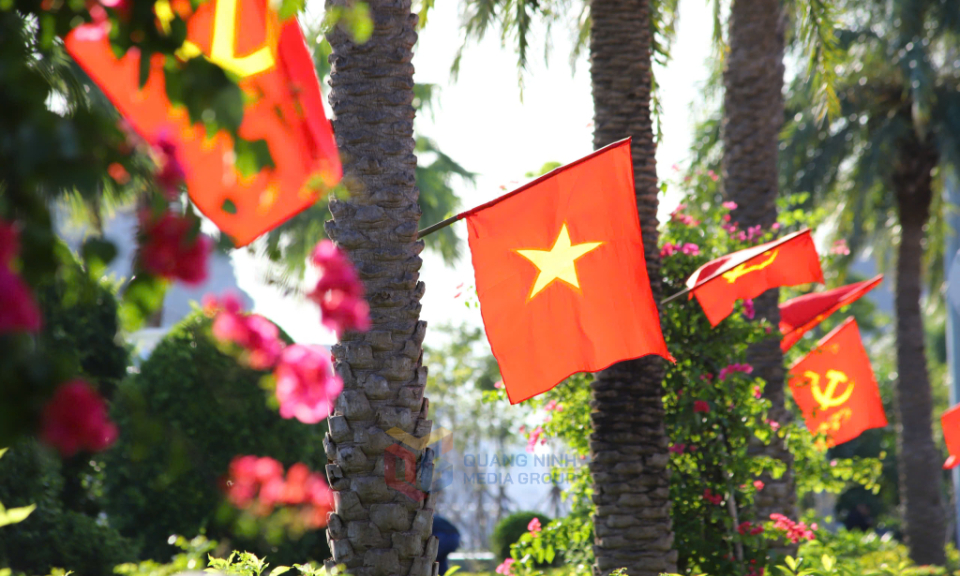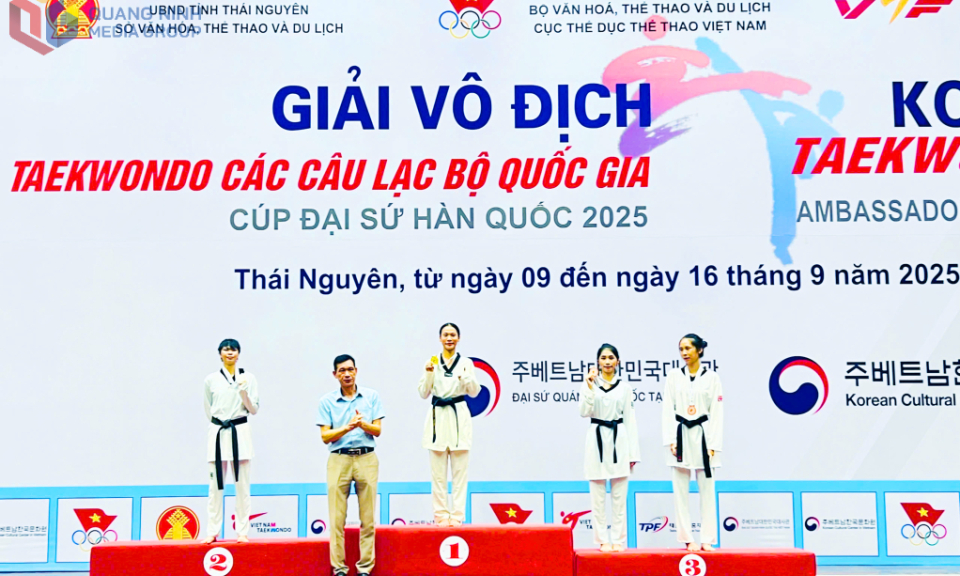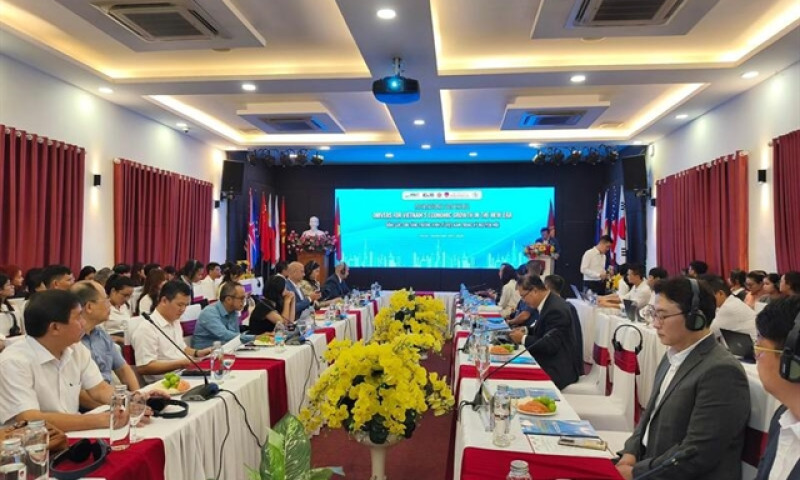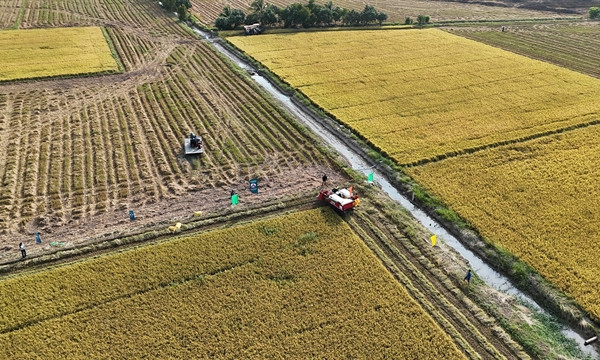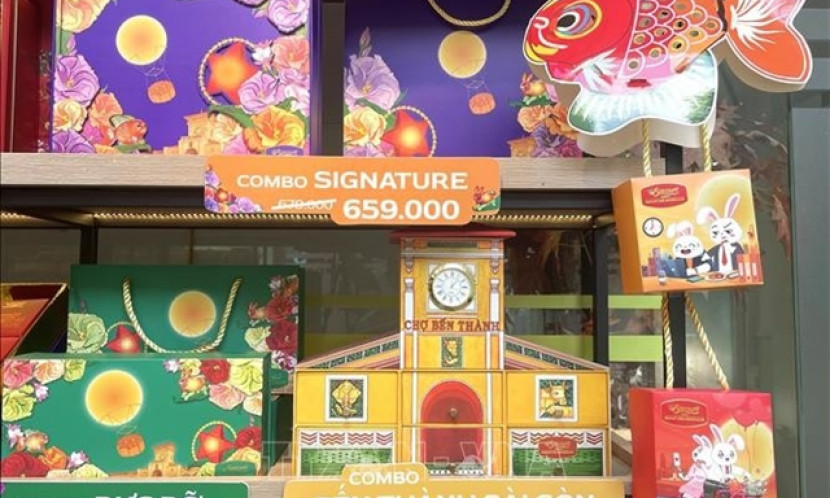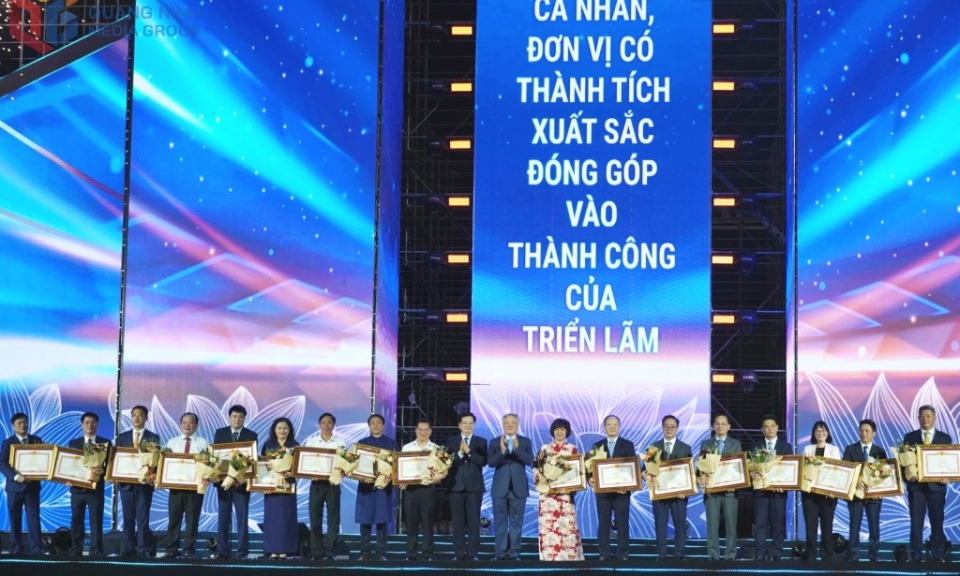Circular economy seen as key to sustainable agriculture
Adopting circular practices is no longer optional but essential. This model, which reduces waste and reuses resources, is seen as vital to boosting productivity, protecting the environment, and improving farmers’ incomes.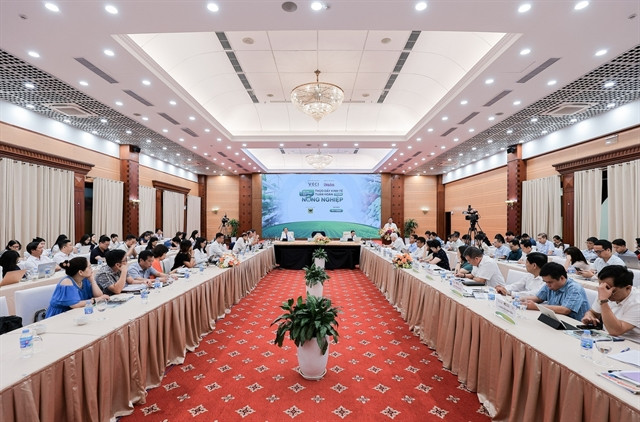
As Việt Nam seeks to modernise its agricultural sector and stay globally competitive, the circular economy is emerging as a critical pathway toward greener and more sustainable farming.
At the 2025 agricultural forum held yesterday in Hà Nội, Hoàng Quang Phòng, Vice President of the Vietnam Chamber of Commerce and Industry, highlighted the country’s long-standing agricultural strengths and noted that numerous policies have been introduced to support its continued development.
However, he said that adopting circular practices is no longer optional but essential. This model, which reduces waste and reuses resources, is seen as vital to boosting productivity, protecting the environment and improving farmers’ incomes.
“The circular economy is the inevitable path forward,” said Hà Văn Thắng, Chairman of the Vietnam Agricultural Business Council (VCAC). “It enhances productivity, reduces environmental harm, and strengthens our competitiveness.”
Organised by VCCI and Business Forum magazine, the event focused on accelerating the shift from traditional, resource-heavy farming to more efficient, closed-loop systems. In these models, agricultural waste is repurposed, rice straw and livestock waste become organic fertilisers, crop residues are turned into animal feed, and manure is treated for reuse.
These approaches are already yielding results. In the northern midlands and the Mekong Delta, recycling rice by-products has boosted farmers’ incomes by around 15 per cent. Livestock farmers in provinces such as Phú Thọ, Tuyên Quang, and Hưng Yên report cost savings of up to 15 per cent through circular practices.
A government decision issued in June 2024 sets a target that by 2030, at least 20 per cent of agricultural science and technology projects will be tied to circular economy models.
Despite recent progress, Thắng pointed to several barriers, including outdated regulations, limited policy support, and restricted access to green financing. Small and medium-sized enterprises, which dominate the sector, often lack the capital to invest in recycling technologies or forge deeper partnerships with farmers.
He also said that short-term thinking remains a hurdle. “Many farmers still rely on chemical inputs without considering the long-term consequences,” he said.
Thắng called for a coordinated policy ecosystem that includes tax incentives, green credit, improved infrastructure and pilot support programmes at the local level.
He also urged the simplification of technical standards so farmers can adopt sustainable methods more easily.
Agricultural extension services, he added, should play a stronger role in transferring knowledge and technology, especially in turning rice by-products such as straw and husks into biofertilisers and other value-added products.
Thắng said that circular agriculture should be farmer-led, describing it not merely as a strategy but as the future of Vietnamese agriculture.
He noted that its success relies on coordinated efforts at all levels, particularly from grassroots communities.
Nguyễn Trí Ngọc, Vice President of the Vietnam General Association of Agriculture and Rural Development, supported this view, adding that while the circular economy concept has existed for over a decade, real change has only begun to take hold recently.
He called for flexible, locally driven pilot models and tailored financial support for SMEs, stressing the need to ground circular farming efforts in practical realities.
He said that for the transition to be successful, it must be supported by long-term policy, innovation and sustained investment.

